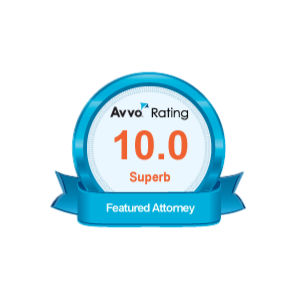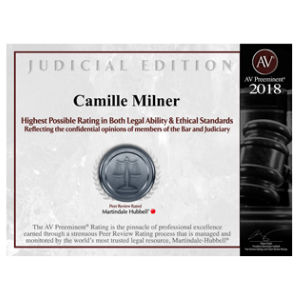 Courts in Texas now require that each party in a marriage complete a sworn Inventory and Appraisement, disclosing the assets and liabilities in their marital estate. Clients often wonder if information gathering in a Collaborative Divorce is as good as or better than the Discovery Process in litigation.
Courts in Texas now require that each party in a marriage complete a sworn Inventory and Appraisement, disclosing the assets and liabilities in their marital estate. Clients often wonder if information gathering in a Collaborative Divorce is as good as or better than the Discovery Process in litigation.
Cost Comparisons:
In the litigation process, there is often an in-depth investigation of the parties’ assets, including written questions, called interrogatories; requests for disclosure of information; requests for production of documents; and oral depositions. Each party’s attorney typically sends the other party written interrogatories, requests for production and requests for disclosure, which take hours to prepare by the sending attorney and their staff, then it takes many, many hours for the receiving party’s attorney to review, prepare and deliver responses to those written interrogatories, requests for production and requests for disclosure of information. Oral depositions (questioning by the opposing party) are taken from each party, and often the party’s business partners, employers, CPAs, friends, relatives and paramours are interrogated for hours or days by the other party’s attorney, with a court reporter recording the testimony at a cost of several dollars for each page (all paid for by the parties’ estate). And remember, this is all typically done reciprocally by each side, so the cost to the estate is actually doubled. When you calculate the cost of a written interrogatories, requests for production, requests for disclosure and oral depositions, it is understandable why litigation costs in a typical family law case can reach six figures. In the Collaborative Divorce Process, each party works with the same neutral licensed financial professional to gather the same information that would have been accumulated in litigation but for a much lower cost and much more quickly and efficiently.
Accuracy and Integrity of the Information:
In my opinion, the inventory and appraisement created from the information gathering in a Collaborative Divorce has as much or even greater accuracy and integrity than any inventory created in the litigation process.
Why does the information gathering in a Collaborative Divorce have more integrity than in litigation?
1) Because the neutral financial professional is a third party who is trained in gathering and processing financial information and has no personal agenda to slant the parties’ assets and liabilities in any way; 2) Because in the Collaborative Process, the parties are contractually bound in their signed Participation Agreement to fully and timely disclose all financial information, and their attorneys are trained and have agreed to protect the integrity of the full disclosure element of the process; and 3) the clients have contractually agreed to combine their joint efforts with their attorneys and a neutral financial professional to work together to accumulate, inventory, and value the their assets and liabilities.
Why isn’t the litigation system in a better position to preserve the integrity of the disclosure of information?
Because in the litigation process, the “game” is to “hide the ball” and not disclosure any more than is absolutely required, whereas in a Collaborative Divorce, the parties authorize the third party financial professional to gather information, review it and build their inventory with not only the information they provide but also documentation verifying each piece of that financial information. In litigation, an enormous amount of effort, time and money is spent trying to uncover whether the other side is “hiding the ball”, and asking the Court for help if someone believes that the other side is not fully disclosing all the information, but in a Collaborative Divorce, everyone has agreed to cooperate in the gathering and processing of that information.
What is the remedy if someone fails to disclose in the litigation process?
If a piece of information is not disclosed during litigation, at great expense, the party believing that something was not disclosed must go back to Court to ask the Court to force the disclosure of the information and the Court may or may not punish the other side for not disclosing the information in the first place, so the victimized party may be out all their attorney’s fees for having to bring this to the attention of the court and not be compensated for that. If the case is already over when the failure to disclose is found, the victimized party must again hire a lawyer and go back to Court to try to convince the Court that not only was the information not disclosed but that it was intentionally not disclosed; then depending on how the decree was worded the Court may have complete discretion to decide what to do about it. In a Collaborative Divorce, typically both in the Participation Agreement and then ideally again in the Decree, the parties agree that if there is any asset or liability that was intentionally not disclosed, it will go 100% to the other party. Because both parties have cooperated in the creation of the identical Inventory and Appraisement that they have both sworn is correct, it is much easier to determine if an asset or liability has intentionally been withheld. All this is done with much less expense and much greater efficiency, if the parties agree that their case will be handled in the Collaborative Process.
If you or someone you know is contemplating divorce and wish to learn more about options for that, please contact Camille Milner at www.milner-law.com.











